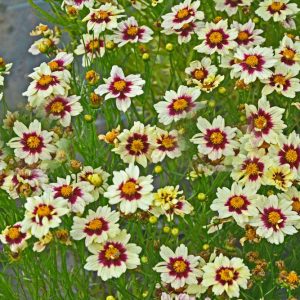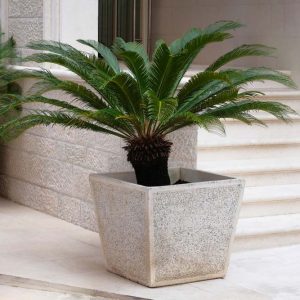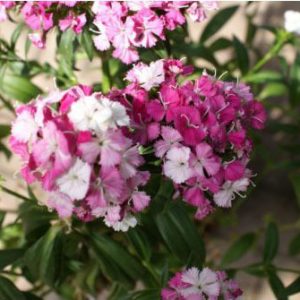Description
Olea – Olive –
There are about 20 species of long lived evergreen trees and shrubs in this genus. They occur in dry, rocky places in the Mediterranean, Africa to Central Asia and Australasia. They have simple, opposite, simple narrow to broad, deep green leaves, which are greenish white beneath which may may be smooth edged or toothed. They produce terminal or axillary panicles of small, 4 lobed, white or off white tiny flowers, these are followed by edible, ovoid or spherical fruits. When young, they have whippy stems, that sometimes bear spines, but as they age the branches become woderfully gnarled and twisted. Thriving only in areas with Mediterranean or similar climate. O. europaea, the only commonly grown species is of great economic importance of its fruits (olive) and the oil extracted from them. Grow O, europaea as a specimen tree or in a border.
Grow in deep, fertile, sharply drained soil in full sun. Drought tolerant once established. Needs long and hot summer to development and growth of the fruits, and cool winters.
Prone to olive knot, Verticillium wilt, mushroom root rot, lesion nematode, Southern blight, and scale insects.
O. euroaea – Olive – Common Olive – This slow growing, long lived evergreen tree, developing a rounded head from the Mediterranean grows 20-30′ feet tall and wide. It has fissured rough, gray bark. It produces opposite, leathery, elliptic to lance shaped, irregularly toothed leaves, to 3″ long, are gray-green above, silvery gray-green beneath. Tiny, fragrant, creamy white flowers are held in axillary panicles, to 2″ long, in summer, followed by spherical to ovoid green fruit (olives), to 1 ½” long, ripening to black. Fruits must be pickled first to be edible.
Zones 8-10





